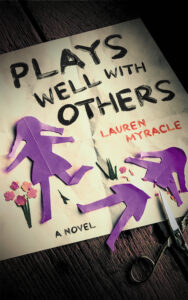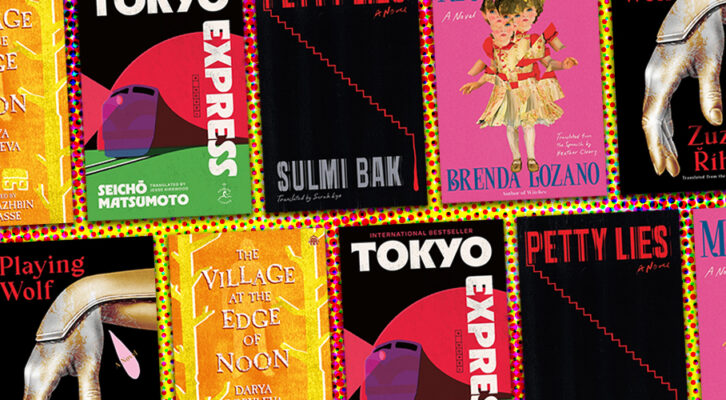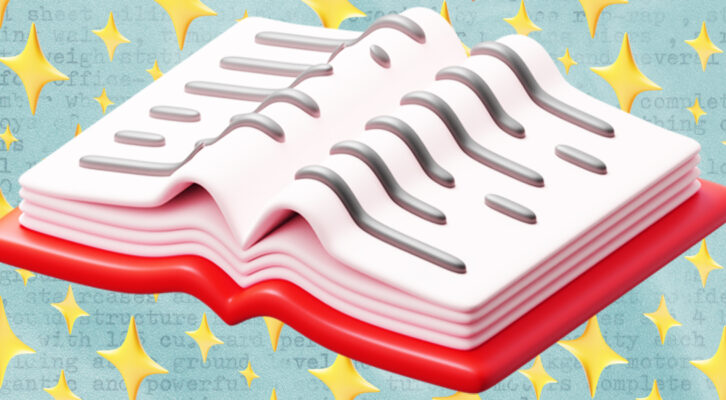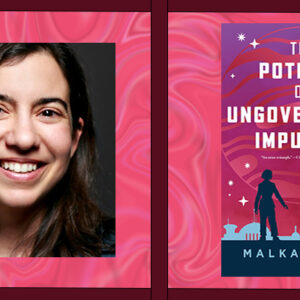In writing for children, suspense often takes the form of whispers. A note slipped across a desk. A shift in a friend’s tone. A secret whispered during a sleepover. When I dove into writing an adult thriller, those whispers darkened into something more sinister: gaslighting, betrayal, sabotage. Humans hurting other humans on purpose, in terribly cruel ways. Are You My Mother? is a far cry from The Perfect Mother, to be sure, but leaping from one genre to the other wasn’t as arduous as you might think. In many ways, writing for kids taught me exactly what I needed to know to write for adults, especially when it came to thrillers.
The tools, after all, are remarkably similar. It’s the stakes—and the monsters—that change.
Pacing Is Non-Negotiable
Young readers are merciless. If a book fails to grip them right off the bat, that’s it. They’re done. In writing middle grade and YA novels, I learned this quickly. Each scene had to earn its place. Every page had to pull its weight. Long internal monologues or quiet ruminations? Forget it. Momentum was king.
This same discipline became essential when I turned to writing a thriller. In this genre, pace isn’t simply about avoiding boredom; it’s about tension. The plot must press forward, dragging the reader along whether they like it or not. Whether it’s a dead body on page one or a marriage unraveling by chapter three, the story’s engine has to stay hot. Writing for kids taught me how to keep that engine running. When in doubt, I cut ruthlessly, the way years of facing impatient twelve-year-olds trained me to do.
Emotional Truth Is the Real Suspense
The stakes in children’s stories are often personal: a friend’s betrayal, a secret revealed, a first heartbreak. But to the characters living them, those stakes feel enormous. Writing for kids taught me to honor that urgency, to treat every conflict, no matter how small it might seem from the outside, as life-changing from within.
In thrillers, the stakes may look higher—lives destroyed, marriages ruined, violence simmering beneath the surface—but the emotional core is just as crucial. Murder alone doesn’t grip readers. Motive does. Fear does. Betrayal does. If readers aren’t invested in the characters’ internal lives, they won’t care who pulled the trigger. Writing for kids taught me not to flinch from emotional intensity, and writing thrillers demands nothing less.
Letting the Monsters Play
This was the hardest shift. In children’s fiction, adults tend to orbit the story. They’re never the central characters, and they rarely commit atrocities. Even when darkness creeps in, the story usually reserves space for hope. Monsters live under the bed, not in the mirror. But in thrillers written for adults, the monsters are us. They are the neighbor next door, the husband across the table, the friend who knows too much.
When I began writing my first ever novel in this genre, I hesitated. I didn’t want to hurt my characters. I didn’t want to burn down their lives. It felt cruel. But cruelty—or, more accurately, the capacity for cruelty—is essential to thrillers. Without it, the stakes stay shallow. The characters remain safe. And “safe” is the enemy of suspense.
I had to learn to let the monsters out. To stop pulling punches. To let my characters betray, sabotage, and destroy, because only then could the story reveal what they were truly capable of.
From Whispers to Screams
In the end, writing for kids prepared me more than I could have imagined for writing for adults. The pacing, the empathy, the hunger for emotional truth—those were already part of my toolkit. But writing a thriller required sharpening those tools. It made me to go deeper, raise the stakes, and replace whispered secrets with life-altering betrayals.
Most of all, it forced me to stop pretending the monsters lived only under the bed. In mysteries and thrillers and crime fiction, the monsters walk freely. They smile at neighbors. They tuck their children in at night. They drink their coffee black.
They don’t play nicely, but that’s the point.
__________________________














